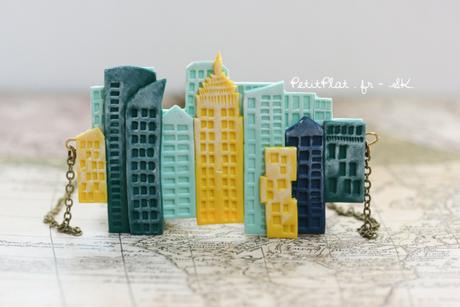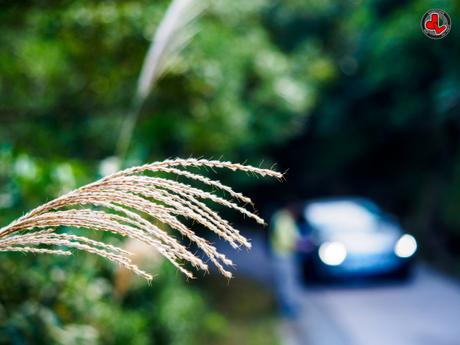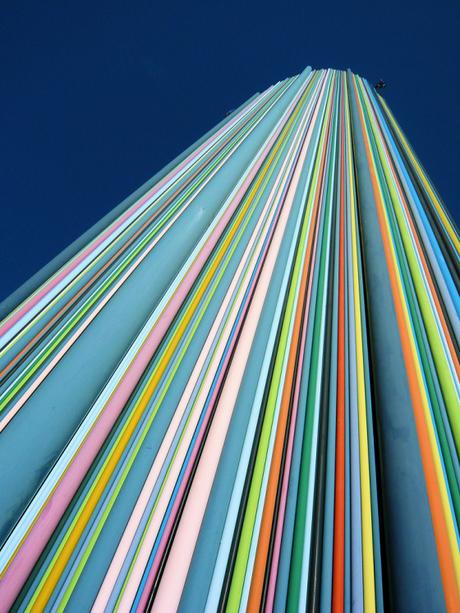“. . . we need to get out of our private cocoons more” says Jan Gehl.
In a recent article on CO Design, the Danish Architect and urbanist Jan Gehl talks about five important rules for designing cities. He uses Venice as a model for his ideas and with its pedestrian streets, picturesque canals and a constant hum of activity, Venice lures tourists from all over the world. Venice engages all of our senses and is described as the ultimate people-friendly city.
Today, 54 percent of the world’s population lives in urban areas, and by 2050 it is expected that 66 percent of the population will live in cities. Thus, it is vital to consider ways to design people-friendly cities. Go here, here or here to see a list of the world’s best cities

Photo: Stéphanie Kilgast
Climate change and public health“What we have to address now is making livable, healthy, safe, and sustainable cities,”says Jan.
Jan believes that city planners need to consider two issues when planning a city namely climate change and public health. Previously cities have been designed in a way that focused on “cheap gasoline”. Architects designed cities where people were encouraged and even forced to spend their day sitting in their cars, offices, or homes. This approach to design has led to many health problems and a study in the medical journal The Lancet found that people in suburbs were having shorter lifespans than people who live centrally in cities. People in suburbs simply walked less that people living in the centre of a city and this influenced their overall health.
Another aspects that need to be taken into account, according to Jan, is ways to encourage people to spend more time in public space, designing for multisensory experiences, making transportation more equitable and a city where cars are banned.
Native ecosystem
“If you were to actually make a city that functioned like the native ecosystem next door, it would produce ecosystem services,”Janine Benyus says.
The purification of water and air, and cooling of local temperatures by using nature as inspiration may also make a city more resilient to climate change.For example, by using an ecosystem such as the wetland as a model, where water is cleaned by natural filtration, it may be possible to build cities where more water is cleaned in a more efficient way . This approach may eventually lead to less energy being wasted.
Nature provides us with a knowledge base that has been developing for billions of years. Yet it is important to remember that the questions and the focus of our attention will also influence the way we search and indeed design different solutions.
Redefining focus
The concept smart cities is fuzzy and there is no absolute definition of the word. Instead, the idea is the solution for designing a smart city varies depending on which city it is and there is no fixed goal rather it is a process where the overall aim is t0
“enable every citizen to engage with all the services on offer, public as well as private, in a way best suited to his or her needs. It brings together hard infrastructure, social capital including local skills and community institutions, and (digital) technologies to fuel sustainable economic development and provide an attractive environment for all.” (p. 7 Smart CitiesSmart Cities)

Photo: Jonathan Leung
A way to gain new ideas and insights is to redefine the existing ideas and suggestions. For example, the idea that cars should be banned in cities could be redefined as cities should be designed for self-driving cars. Moreover, the suggestion that it should be a multisensory experience could be redefined as cities should be places of silence. Many animals look for silent and quiet places to bring up their young. Blackbirds, robins and song thrusts, for example, will stop to check that they are not being watched while they build their nests in a hedge or shrub.
Challenge assumptions
We also assume that cities have the same design the whole year.
Why not different designs each month?
Arctic animals change the colour of their fur and feathers to avoid been seen by predators. Maybe our houses should have different colours throughout the year to minimise the energy that is used.
Or certain structures could be designed to deal with certain seasonal problems such as how to encourage people to ride their bike on a snowy day. Many animals build tunnels in the snow and perhaps this approach could be used to make it easier to ride a bike in the winter.
Safe cities
Let us return to the suggestion that cities need to be designed for people. An approach to designing cities that are great places is to build them in a way that encourages people to spend more time in public spaces. It is assumed that a city becomes safer if people are encouraged to spend time in public spaces. We may feel more socially included and we can meet each other and not only watch different people on screens.
Let us start by looking at the concept safe. The Middle English word safe comes from Old French sauf, from Latin salvus ‘uninjured’.
Safe for whom? Safe from what or whom? Perhaps cities should use airports as a model to make they more secure from terrorist threats. What ideas can be used? What solutions would not work in a city?
Perhaps we could use the rainforest as a metaphor for a safe place? A police station. or your home?
Can you draw a map of your envisioned safe city?

Photo:DocChewbacca
